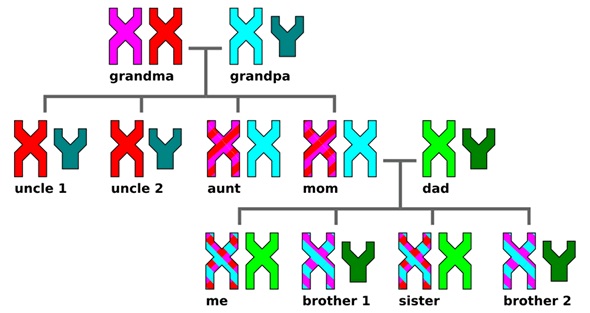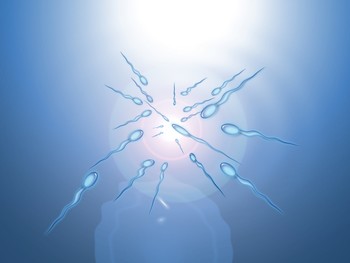Abstract
Sperm DNA integrity is essential for the accurate transmission of genetic information. It has a highly compact and complex structure and is capable of decondensation-features that must be present in order for a spermatozoon to be considered fertile. Any form of sperm chromatin abnormalities or DNA damage may result in male infertility. In support of this conclusion, it was reported that in-vivo fecundity decreases progressively when > 30% of the spermatozoa are identified as having DNA damage. Several methods are used to assess sperm chromatin/DNA, which is considered an independent measure of sperm quality that may yield better diagnostic and prognostic approaches than standard sperm parameters (concentration, motility and morphology). The clinical significance of this assessment lies in its association not only with natural conception rates, but also with assisted reproduction success rates. Also, it has a serious impact on the offspring and is highly prognostic in the assessment of fertility in cancer patients. Therefore, screening for sperm DNA damage may provide useful information in cases of male idiopathic infertility and in those men pursuing assisted reproduction. Treatment should include methods for prevention of sperm DNA damage.





